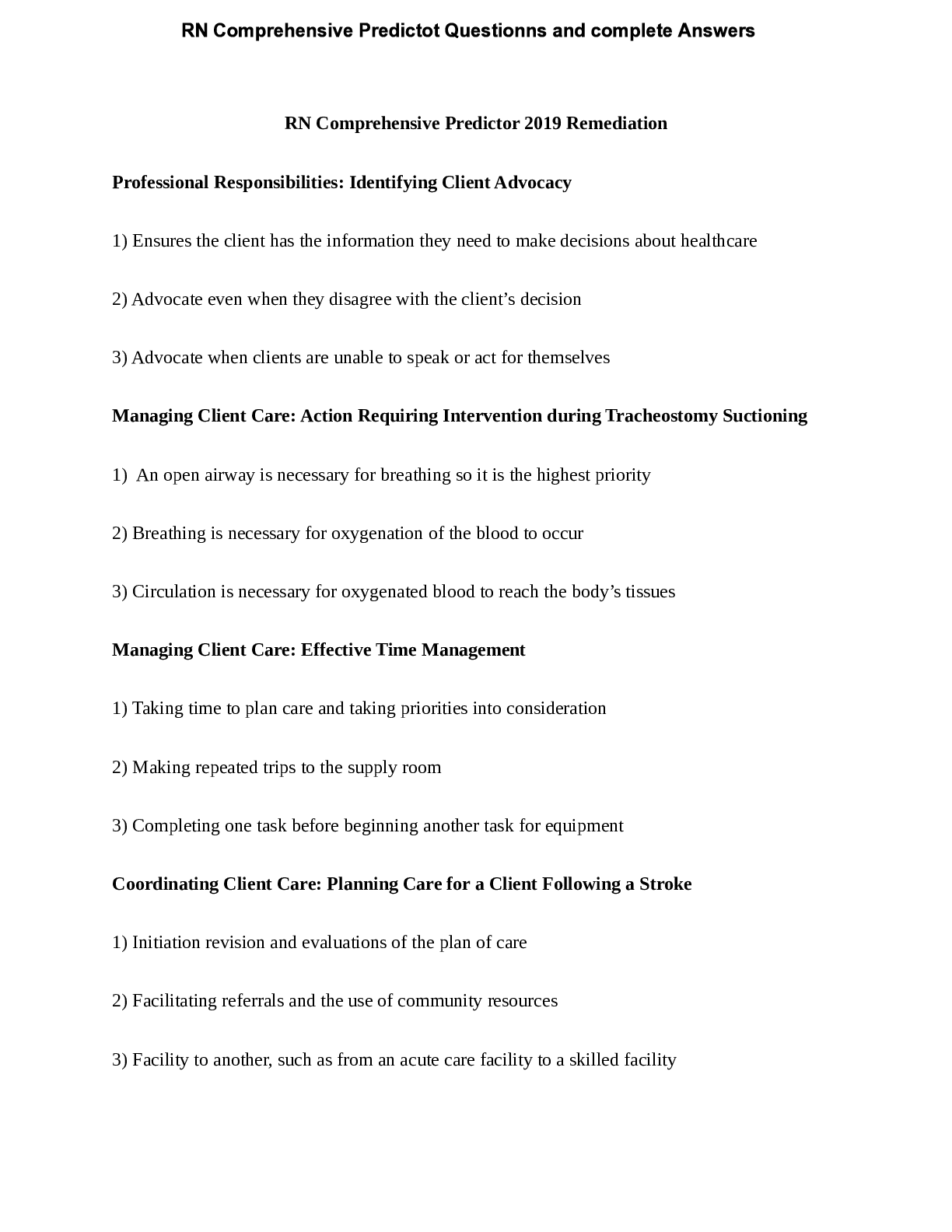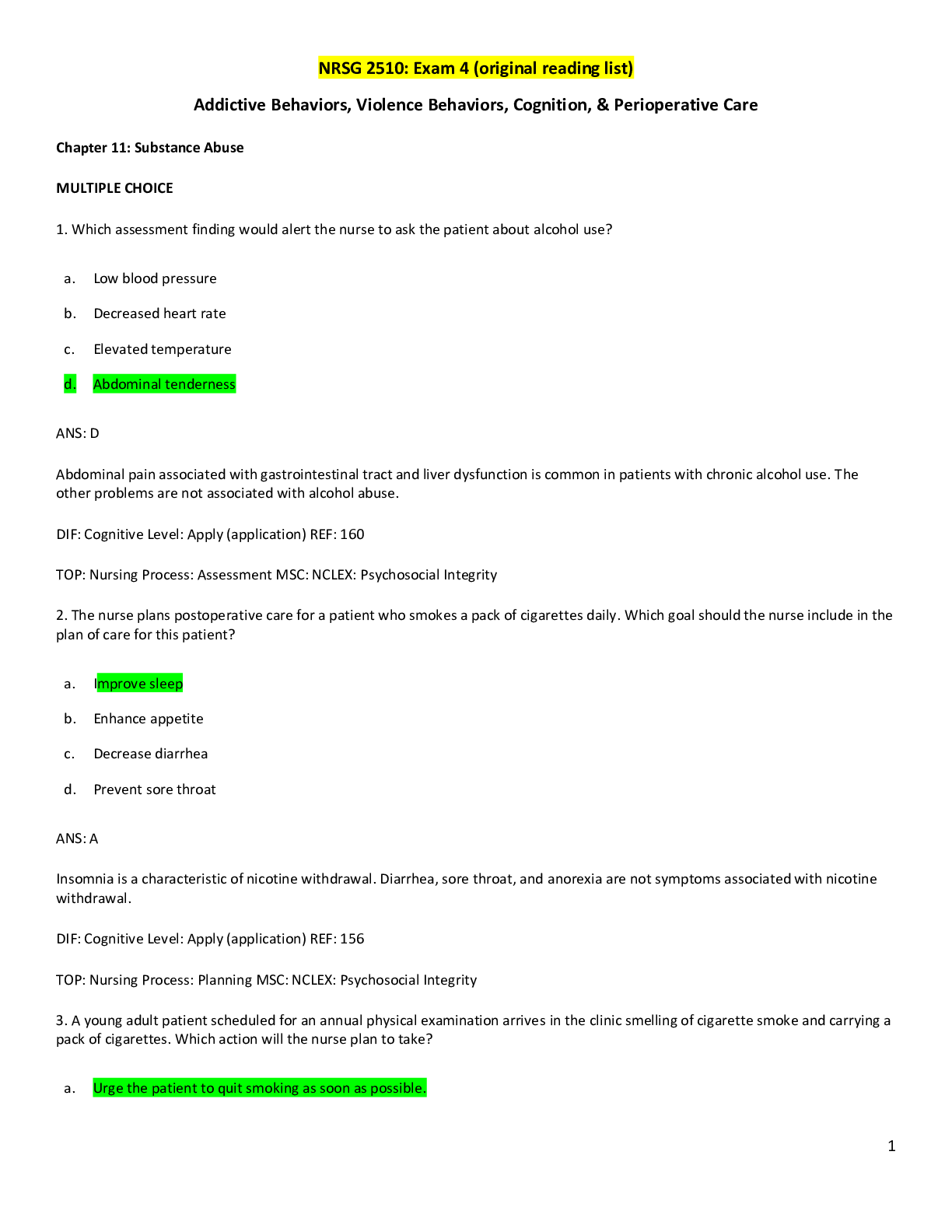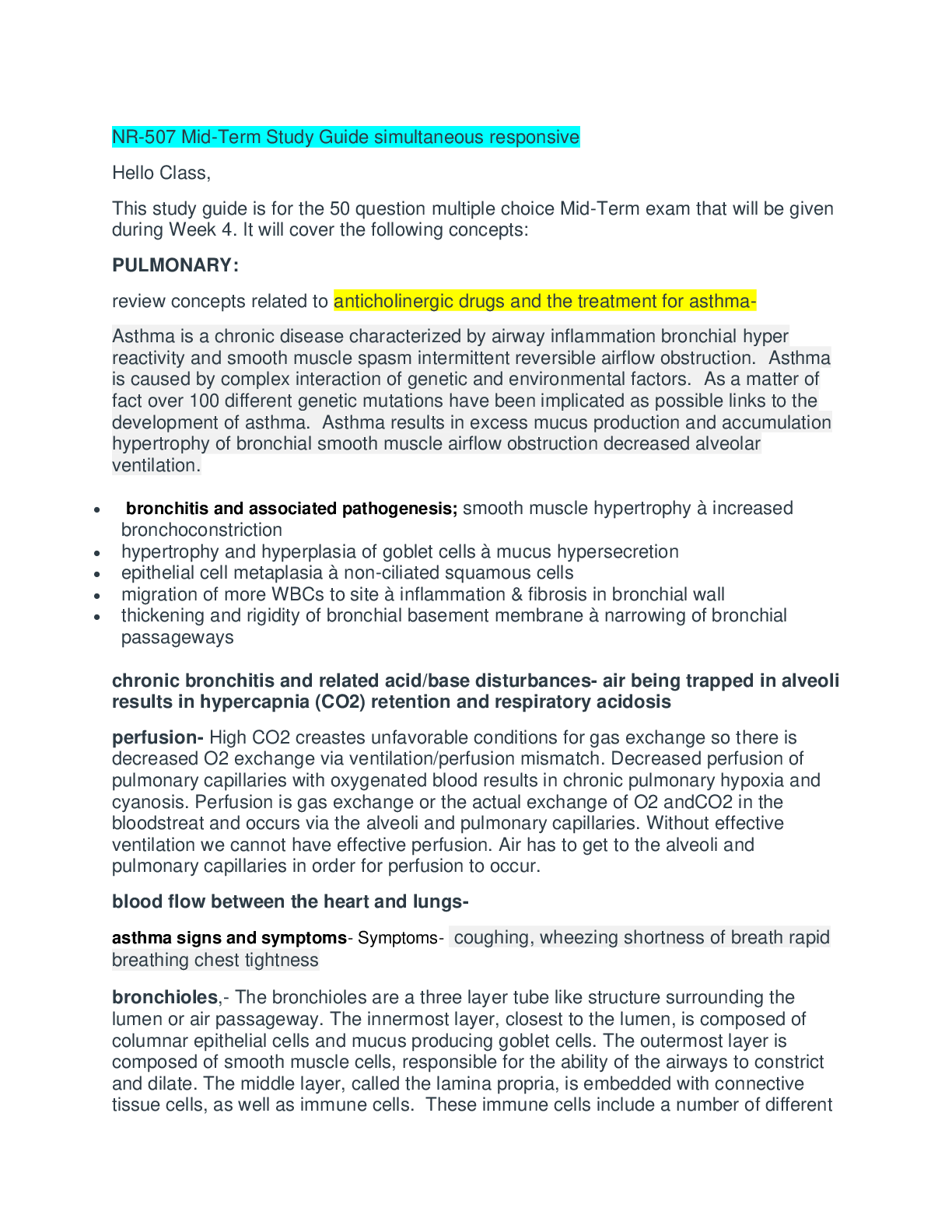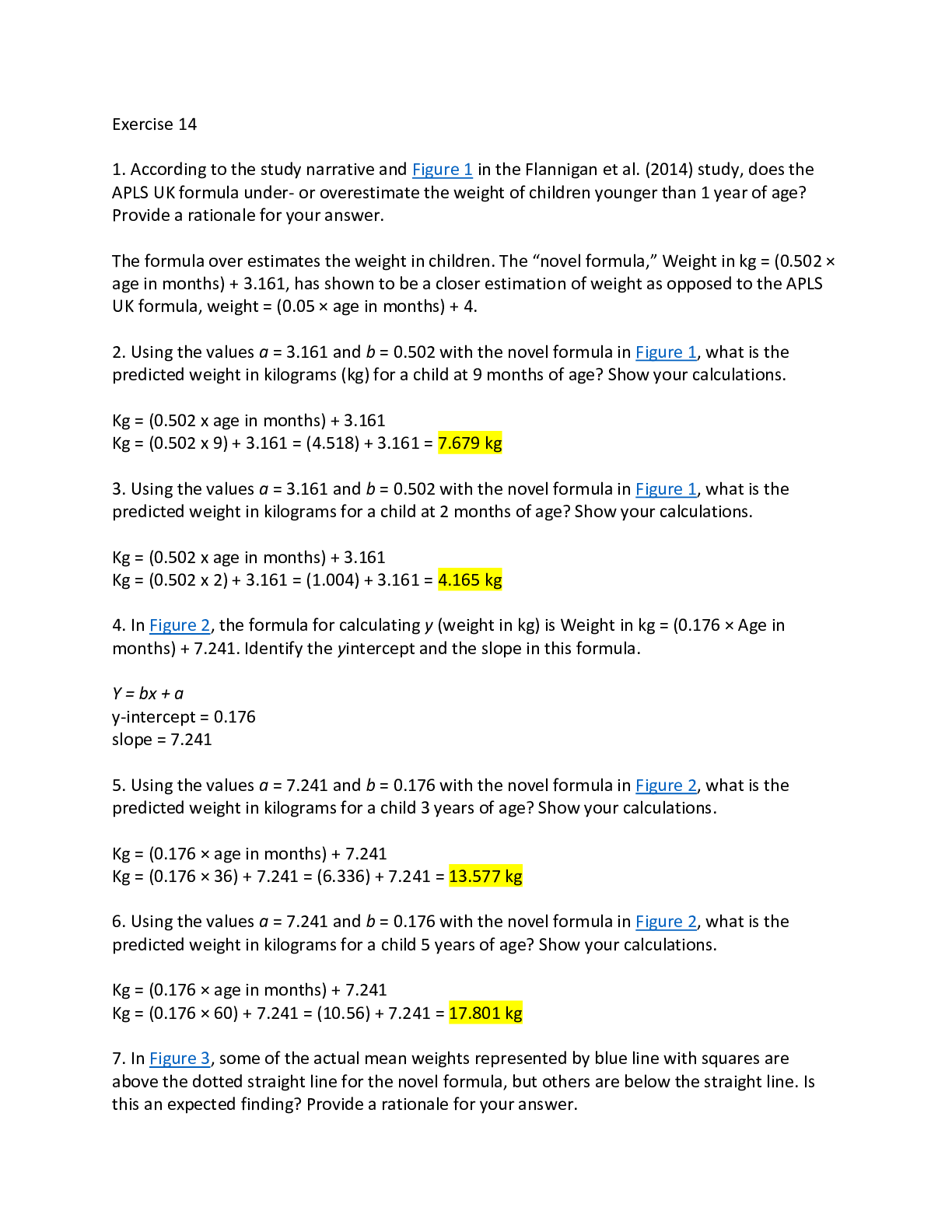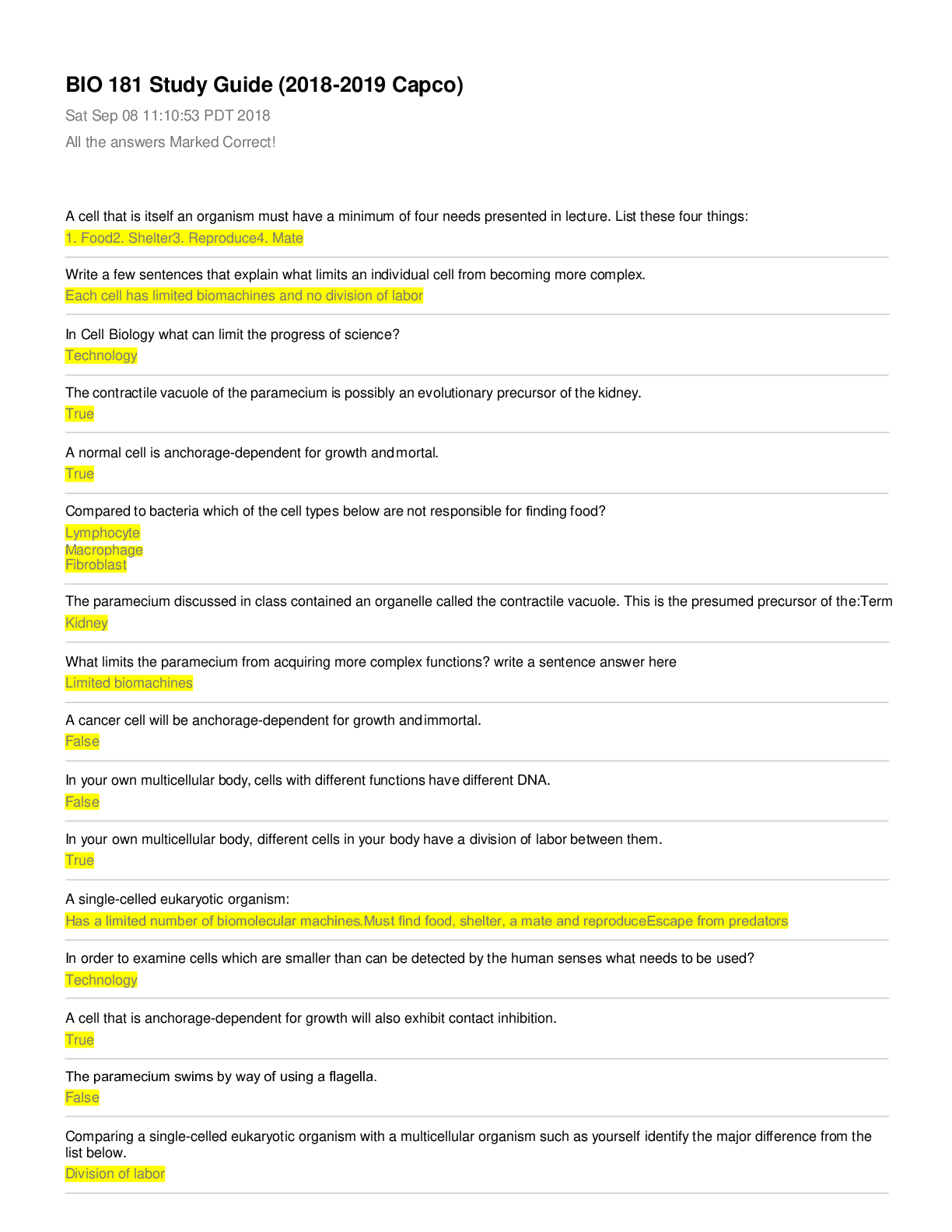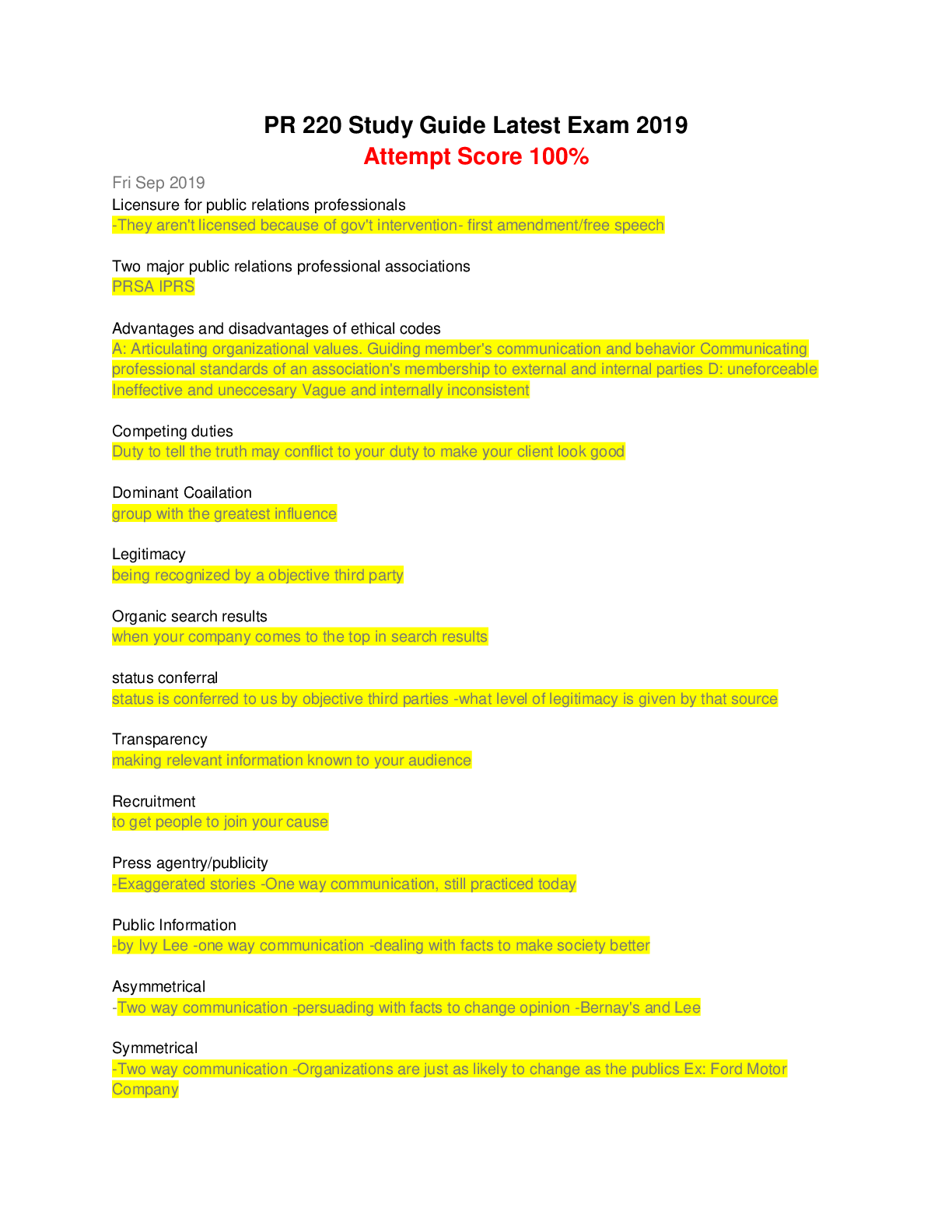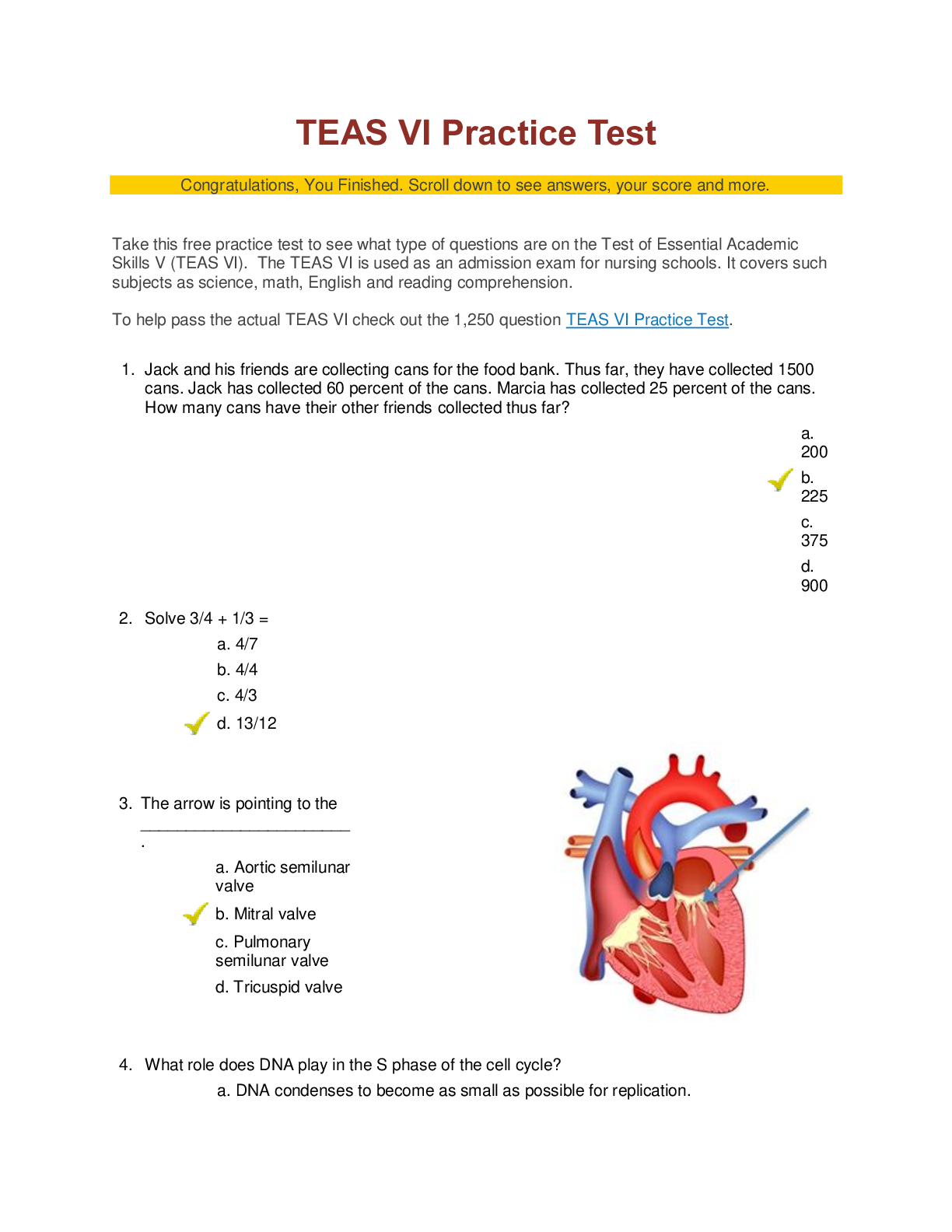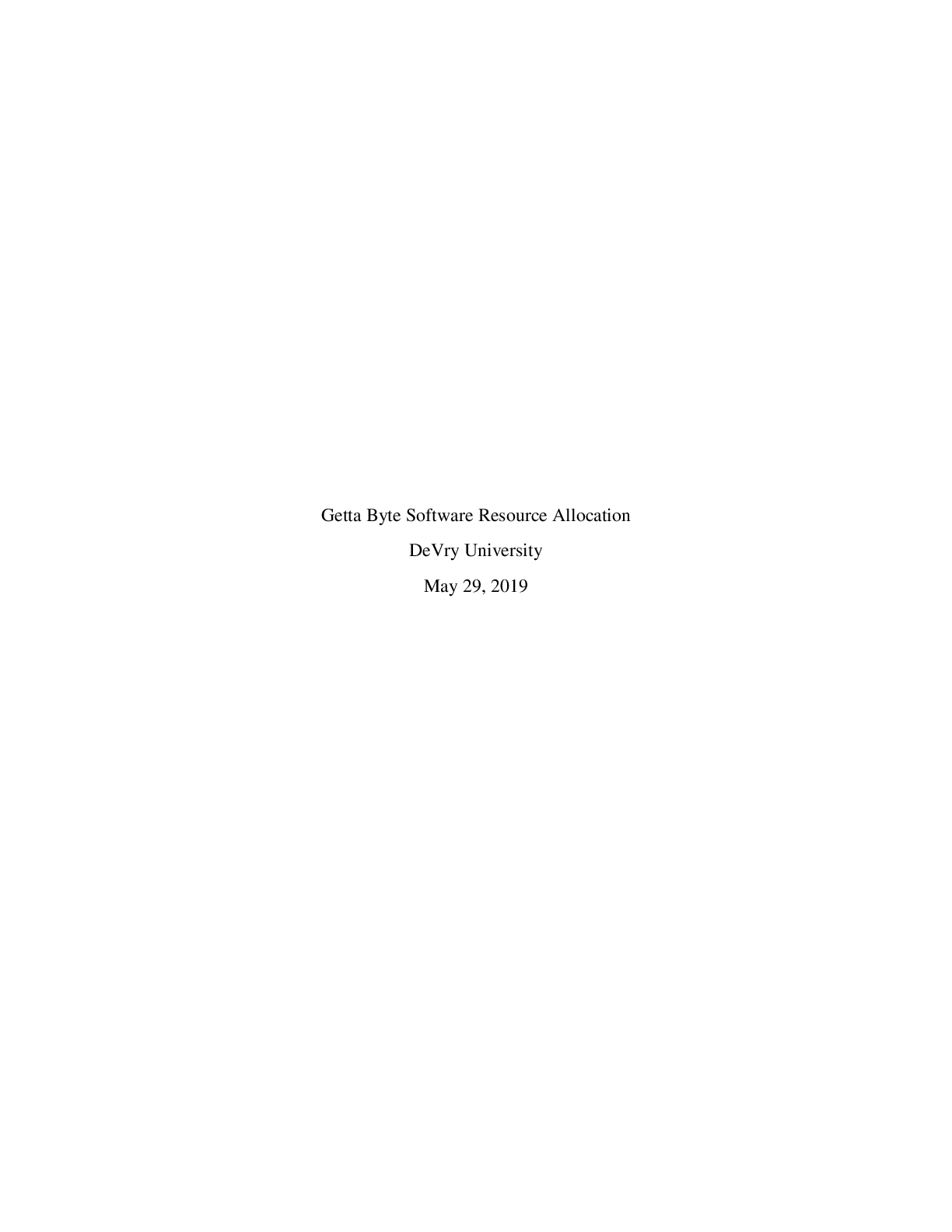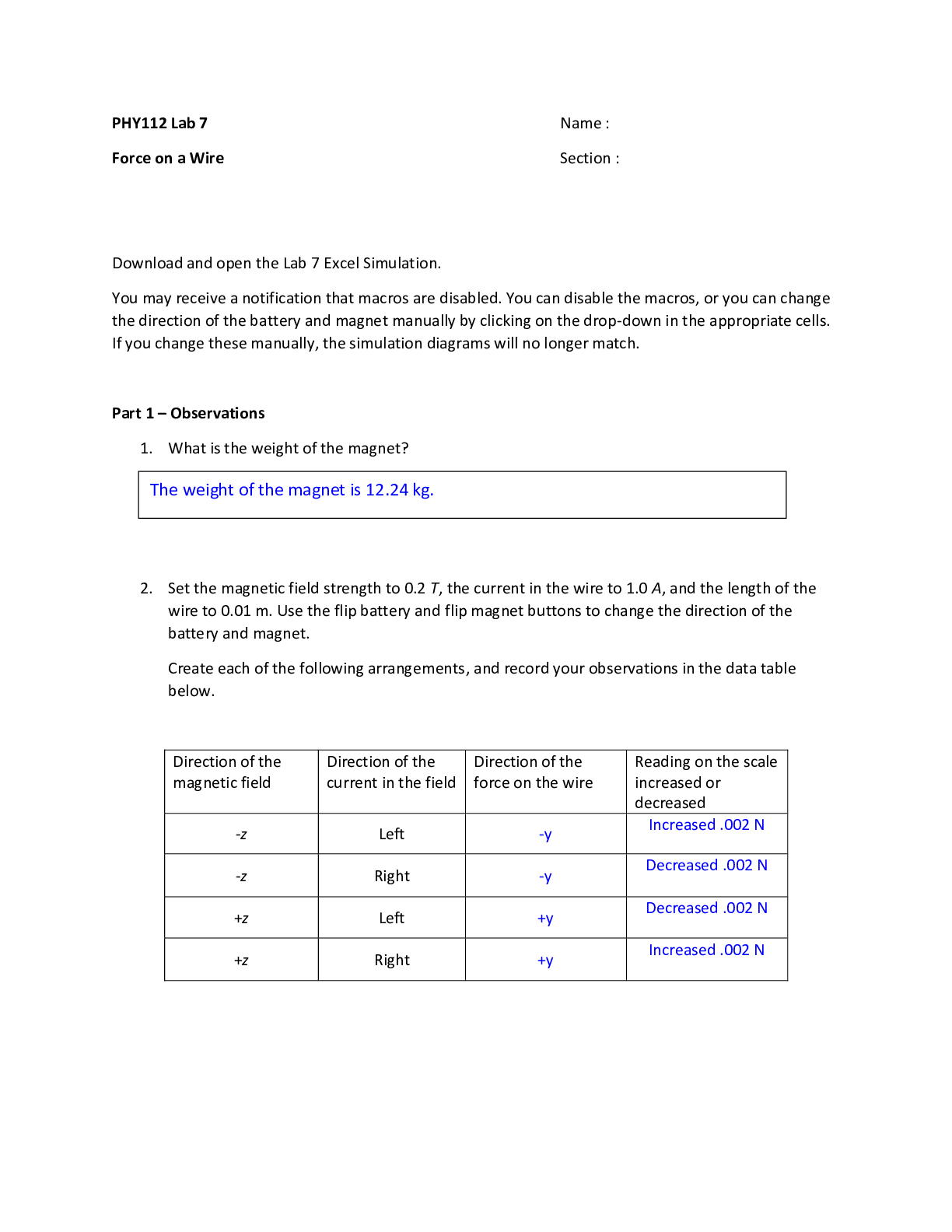*NURSING > STUDY GUIDE > NR507_Week_8_Final_Exam_Study_Guide (A GUARANTEED) (All)
NR507_Week_8_Final_Exam_Study_Guide (A GUARANTEED)
Document Content and Description Below
NR507_Week_8_Final_Exam_Study_Guide (A GUARANTEED) endometrial cycle and the occurrence of ovulation- the menstrual cycle consist of three phases: the follicular/proliferative phase (postmenstrual)... , followed by the luteal/secretory phase (premenstrual), and the ischemic/menstrual phase. *Ovarian hormones control the uterine (endometrial) events of the menstrual cycle. During the follicular/proliferative phase of the ovarian cycle estrogen produced by the follicle causes the endometrium to proliferate (proliferative phase) and induces the LH surge and progesterone production in the granulosa layer. During the luteal/secretory phase, estrogen maintains the thickened endometrium, and progesterone causes it to develop blood vessels and secretory glands (secretory phase). As the corpus luteum “starved” endometrium degenerates and sloughs off, causing menstruation, the ischemic/menstrual phase. uterine prolapse- the descent of the cervix or entire uterus into the vaginal canal due to weakened pelvic fascia and musculature and poor support from the vaginal muscles and fascia. polycystic ovarian syndrome- most common cause of anovulation and ovulatory dysfunction in women. Defined as having at least two of the following three features: irregular ovulation, elevated levels of androgens (e.g., testosterone), and the appearance of polycystic ovaries on ultrasound. PCOS is associated with metabolic dysfunction, including dyslipidemia, insulin resistance, and obesity. One of the most common endocrine disturbances affecting women, especially young women, and is a leading cause of infertility in the U.S. Strong genetic component to PCOS, various features of the syndrome may be inherited. PCOS patients are three times as likely to have insulin resistance, higher for obese women. Tend to have increased leptin levels. Symptoms within 2 years of puberty & include: dysfunctional bleeding or amenorrhea, hirsutism, acne, acanthosis nigricans, and infertility. 60% are obese. Increased risk for gestational DM, pregnancy-induced HTN, preterm birth, and perinatal mortality. testicular cancer and conditions that increase risk- most common cancer in men, age 15-35. Slightly more common on the right than on the left. 90% of testicular cancers are germ cell tumors arising from the male gametes. Two types: Seminomas-most common, least aggressive, make up 30-35% of testicular cancers & Nonseminomas-include embryonal carcinomas, teratomas, and choriocarcinomas, which are the most aggressive, but rare form of testicular cancer. Risk factors include: genetic predisposition, history of cryptorchidism, abnormal testicular development, HIV, AIDS, Klinefelter syndrome, and history of testicular cancer. Can arise from specialized cells of the gonadal stroma-these tumors, which are named for their cellular origins, are Leydig cell, Sertoli cell, granulosa cell, and theca cell tumors and constitute less than 10% of all testicular cancers. symptoms that require evaluation for breast cancer- painless lump, palpable nodes in the axilla, retraction of tissue (dimpling), chest pain, dilated blood vessels, edema, edema of the arm, hemorrhage, local pain, nipple/areolar eczema, nipple discharge in non-lacting woman, pitting of the skin (like surface of an orange peel), reddened skin, local tenderness and warmth, skin retraction, ulceration. signs of premenstrual dysphoric disorder- One of these symptoms must be present for a diagnosis: marked affective lability, marked irritability or anger or increased interpersonal conflicts, marked anxiety, tension. One of these must also be present: decreased interest, difficulty concentrating, easy fatigability, low energy, increase or decrease in sleep, feelings of being overwhelmed, physical symptoms, such as: breast tenderness, muscle or joint aches, bloating or weight gain. (Greater than 5 of these symptoms occur during the week before menses onset, improve within a few days after menses onset, and diminish in the week postmenses). dysfunctional uterine bleeding- bleeding that is abnormal in duration, volume, frequency, or regularity; and has been present for the majority of the previous 6 months. May be acute or chronic. PALM-COEIN System for classification of abnormal uterine bleeding: PALM-structural causes: Polyp, Adenomyosis, Leiomyoma, Malignancy. COEIN-nonstructural causes: coagulopathy, ovulatory dysfunction, endometrial, iatrogenic, not yet classified. Increased endometrial bleeding is correlated with a change from ovulatory to anovulatory cycles due to high estrogen levels. [Show More]
Last updated: 1 year ago
Preview 1 out of 20 pages
Instant download

Buy this document to get the full access instantly
Instant Download Access after purchase
Add to cartInstant download
Reviews( 0 )
Document information
Connected school, study & course
About the document
Uploaded On
Aug 01, 2021
Number of pages
20
Written in
Additional information
This document has been written for:
Uploaded
Aug 01, 2021
Downloads
0
Views
36




